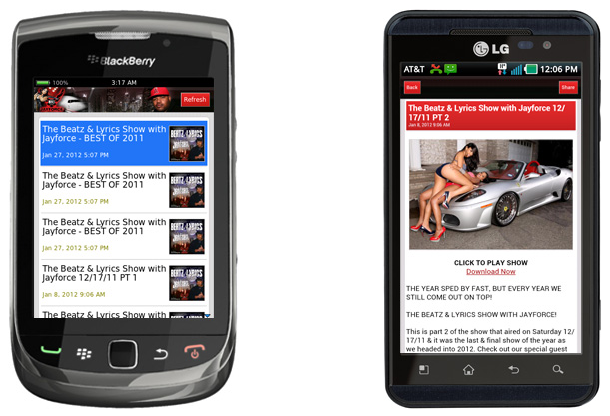Science
Technology: USC Institute for Creative Technologies Presents A Counselor That Is Almost Human (Video)
The USC Institute for Creative Technologies (ICT) is really pushing the frontier on what tech can do in the realm of healthcare. ICT’s latest initiative combines two technologies – Multisense and SimSensi – to enable what, in effect, is a virtual counselor. Imagine a truly private visit to a therapist; one in which no other human, not even a human doctor/specialist, is present. The implications are fascinating (and kind of scary).
In the video above, Multisense is showing viewers how it “reads” the actors who are playing the clients in the clip.
‘Multisense automatically tracks and analyzes in real-time facial expressions, body posture, acoustic features, linguistic patterns and higher-level behavior descriptors (e.g. attention, fidgeting). From these signals and behaviors, indicators of psychological distress are inferred to inform directly the healthcare provider or the virtual human.’
Given what Multisense is picking up during the session, and sharing with SimSensei, the virtual counselor is giving human-like responses in real time. An actual counseling session, as a result, should be a real experience for a client.
‘SimSensei is a virtual human platform specifically designed for healthcare support and is based on the 10+ years of expertise at ICT with virtual human research and development. The platform enables an engaging face-to-face interaction where the virtual human automatically reacts to the perceived user state and intent, through its own speech and gestures.’
Amazing! But ICT is very clear on this point: This dual-tech platform is NOT a substitute for counseling. Rather, it is a support tool for counselors and healthcare providers; a powerful tool.
Eyes on the Stars: Ronald McNair Lived His Dream (Video)
I have been a life-long admirer of NASA Mission Specialist Dr. Ronald McNair. “Eyes on the Stars” (above) is a great PBS StoryCorps short about him; narrated by his brother Carl.
‘On January 28, 1986, NASA Challenger mission STS-51-L ended in tragedy when the shuttle exploded 73 seconds after takeoff. On board was physicist Ronald E. McNair, who was the second African American to enter space. But first, he was a kid with big dreams in Lake City, South Carolina.’
– PBS StoryCorps
A real American hero, I often shared Dr. McNair’s story during Black History Month observances at my high school. A shame we no longer have a space program to speak of in the U.S. Dreams of space travel, and astronauts like Ronald McNair who made those dreams real, are what had youngsters nationwide studying hard in math and science classes. Because you weren’t going anywhere near a shuttle if you didn’t know math and science.
A generation of kids, dreaming…filled with hope…and working hard in school. That is the legacy of Dr. McNair and all those who dared to ‘boldly go where [few] have gone before.’
R.I.P. Dr. McNair, you were an inspiration for so many (including other Black boys from the south, like me).
Footage of Dr. McNair’s final moments (aboard the doomed shuttle Challenger) – headed for the stars – after the jump. I still get choked up watching the footage.
– @ojones1


